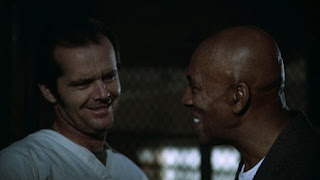"But, besides these cold, formal, and empty words of the chisel that inscribes, the voice that speaks, and the pen that writes, for the public eye and for distant time, - and which inevitably lose much of their truth and freedom by the fatal consciousness of so doing, - there were traditions about the ancestor, and private diurnal gossip about the Judge, remarkably accordant in their testimony" (Hawthorne 123).
In analyzing this novel, I have noticed many passages hinting at an inner reality extending beyond just what can be read in the text. However, up until now, I had not found a true instance of verisimilitude that I could tie in to the work's inner theme. This passage, however, connects right to a certain suspected theme. There is a common thematic idea throughout this novel of letting one's superstition and ancestry reflect the lives of a family's descendants. A lot of this novel's inner passages hint at past history, family traditions, and fear of superstition. The previous passage cited takes these ideas and connects them to reality, going almost unnoticed as Hawthorne slips it in with Judge Pyncheon's character description.
The passage occurs in a chapter almost wholly comparing Judge Pyncheon to the accursed ancestor, Colonel Pyncheon, who was just as greedy and corrupt. As the narrator begins to discuss the Judge's past, this passage occurs, as if transitioning from an overall successful outlook into the bitter reality of his stature. In modern English, the passage says no matter what people say about someone, how many achievements that someone earned, or even what's engraved on that someone's tombstone, it's what people gossip about and establish as true that really matters. In reality, if someone has a great number of achievements but have bad stories spread about them, people will listen to the stories first. For example, Michael Jackson was one of the world's greatest entertainers, but people now pay more attention to his acquitted court charges than his success.
One of the biggest possible themes for this novel is the fact that superstition supersedes reality always, as revealed by this verisimilitude. People can achieve great success destined to sink by rumors, as the Judge's superstitious stories suggest about himself.
Word Count: 300






























